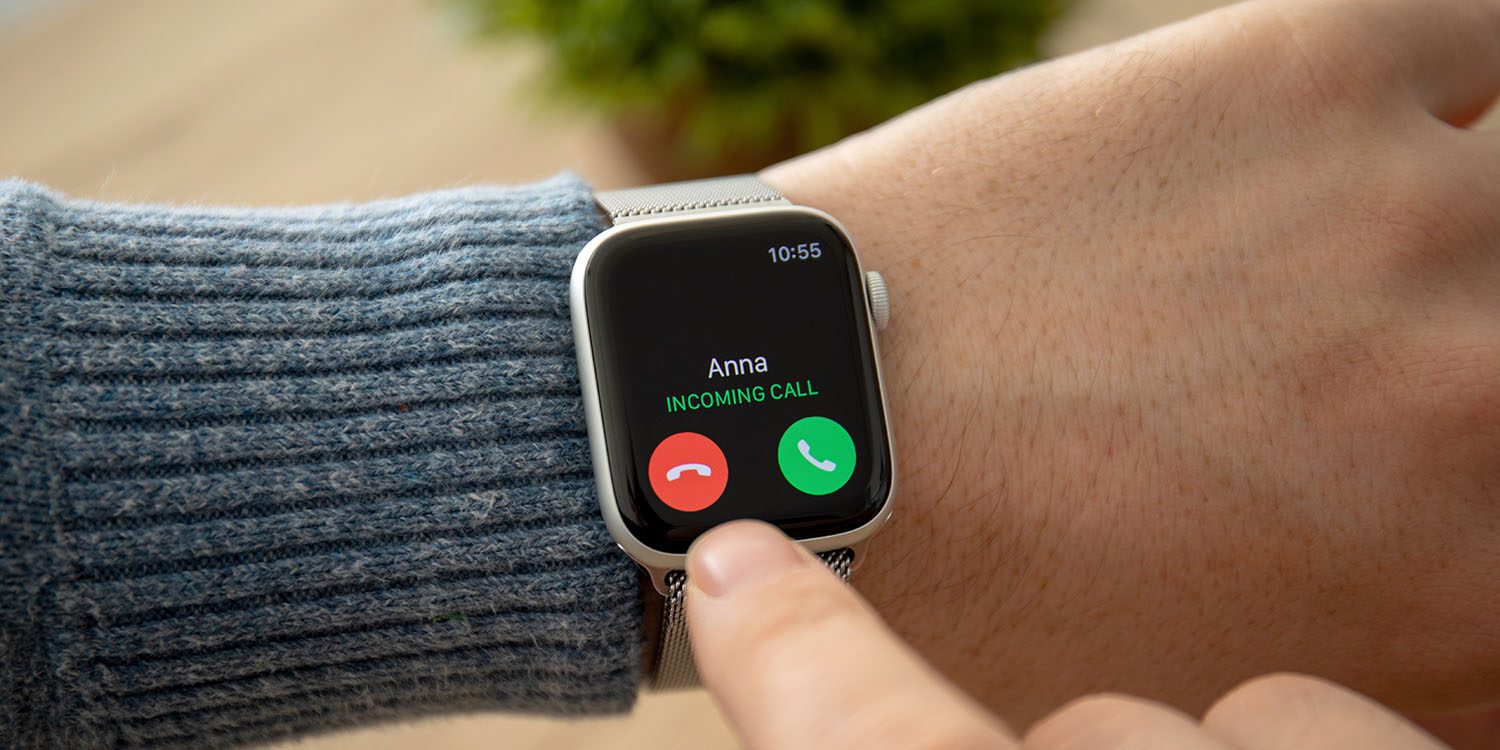With smart technology continuously advancing by the day, wristwatches were never spared the upgrade. Today, many people, especially young adults, sport watches with black screens that you can apparently open apps and make calls with.
Welcome to the world of smartwatches, where everything you need and more can be contained within a tiny device. Your watch won’t just tell you the time, but also perform various functions for you as a smartphone would. But are they really worth the traction? Do you even need it when you already have a top-of-the-line smartphone?
How Smartwatches Work
We’re not exactly discussing the mechanisms of a smartwatch; instead, we’re detailing what makes them different and coveted.
A smartwatch is basically a digital wristwatch that can be connected to the internet. You can run apps and playback various digital media from it, like music and videos. You just have to connect it to Bluetooth earplugs or headphones to enjoy quality, crisp audio.
If Wi-Fi isn’t present, you may just connect your smartwatch to any device that has Internet connectivity, such as a smartphone, for example. With internet access, your smartwatch can send you messaging notifications, be used as a GPS and as a calendar, which you can synchronize to your other devices.
And since it’s also a Bluetooth device, you can connect it to your phone and use it to accept and make calls, which is convenient if you’re driving. (Though, of course, it’s still discouraged to be distracted with a call while you’re on the wheel.) You can also open and send messages from it.
Some smartwatches may also offer payment features, meaning you can use it for purchases on your card. Others may be equipped with a camera, too, but most brands only offer remote control for your smartphone’s camera, and rarely a camera of its own.
Who Benefits the Most from Smartwatches?
Considering all those features, it seems that a smartwatch is no different from a smartphone at all, so who exactly is their market?
NextMarket Insights analysts see a huge potential in smartwatches. Sales are anticipated to arrive at $373 million before the end of 2020. A number of popular brands already launched their versions of it, too, like Apple, Samsung, and Sony.
But even with its promising sales figures, smartwatches remain expensive. Entry-level models may start at over $300, so if your paycheck doesn’t earn you this much budget for a gadget, then a good-quality smartwatch may be far from your reach yet, unless you’d seriously save up for it.
If you’re an athlete, though, or someone with a highly active lifestyle, a smartwatch may be a worthy purchase for you, since it can let you track your lap times and heart rate. Sailing enthusiasts may benefit from it, too, because it can also function as a speed, wind direction, and wind speed tracker.
Potential Issues
One of the advantages of a smartwatch is its vulnerability. It has a delicate screen that may easily break, but thankfully, fixing it would be a piece of cake for your local screen repair expert.
Its battery life tends to be underwhelming as well, like most Android devices, but models with longer battery lives are also available. There’s also the fact that it needs to be connected to the internet or a smartphone before its features can be fully enjoyed, making it inconvenient in a way.
Although smartwatches do have brag-worthy features and a nice, sleek design, they won’t necessarily make our lives easier, unless we’re getting a benefit from it that no other device gives us. Therefore, only splurge for this device if it won’t hurt your savings and if it will provide exceptional services for you.


